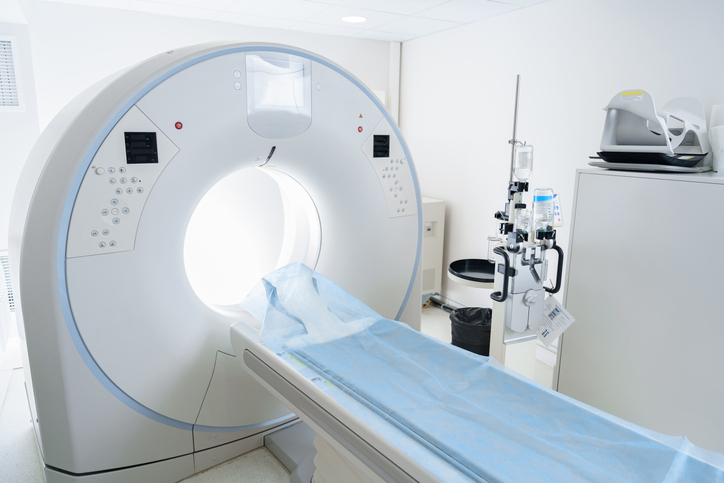
A new paper published in Circulation outlines a new test for diagnosing heart failure with preserved ejection fraction (HFpEF) in euvolemic patients with dyspnea.
The authors retrospectively looked at 414 consecutive patients with unexplained dyspnea and obtained diagnoses of HFpEF (case) and noncardiac dyspnea (control) using invasive hemodynamic exercise testing. They then used logistic regression to evaluate how well clinical findings could discriminate cases from controls and developed a scoring system using a separate test cohort (n=100 consecutive patients). The weighted score (H2FPEF) included 6 predictive variables: obesity, atrial fibrillation, age >60 years, treatment with ≥2 antihypertensive medications, echocardiographic E/e’ ratio >9, and echocardiographic pulmonary artery systolic pressure >35 mm Hg) and ranged from 0 to 9.
According to their analysis, each 1-unit score increase was associated with a doubling in the odds of HFpEF (OR=1.98; 95% CI, 1.74 to 2.30; P<0.0001) with an AUC of 0.841 (P<0.0001). They also reported maintained performance in the independent cohort (AUC=0.886; P<0.0001). The H2FPEF score was found to be superior to the current expert consensus-derived algorithm (increase in AUC=0.169; 95% CI, 0.120 to 0.217; P<0.0001.
“The H2FPEF score, which relies on simple clinical characteristics and echocardiography, enables discrimination of HFpEF from noncardiac causes of dyspnea and can assist in determination of the need for further diagnostic testing in the evaluation of patients with unexplained exertional dyspnea,” the authors wrote.
Simple and validated evidence-based approach.. H2FPEF score, which relies upon simple clinical characteristics and echocardiography, enables discrimination of HFpEF from non-cardiac causes of dyspnea
https://t.co/ulRG7DjW3n— Pratik Agrawal (@pratikagrawal89) July 16, 2018
@AHAScience AHA Scientific Statement on Atherosclerotic Heart Disease in South Asians in the U.S. – released today! https://t.co/kZxP1t1XI7@avolgman @DoctorADDA @kewatson @hpatel824 @DrLaxmiMehta @CircAHA @AHAScience #HeartDisease #cardiology #SouthAsianCVD #BruinHearts pic.twitter.com/Cb894l1Pej
— Kevin S Shah, MD (@KevinShahMD) May 24, 2018
Soon we may be asking, "yeah, but what's his/her H2FPEF score?" Great article https://t.co/Qnnws00N1C
— Steven C. Stroud (@ChaseStroudMD) May 25, 2018
Reasonable on several accounts but still weak on defining mathematics. HFpEF implies EF as a marker of Systole. HFpEF is therefore the mirror of EF calculation for Diastole. Application of volumetrics to both equations may expand utility in separating systolic vs diastolic HF. https://t.co/JpxhyePkfq
— Les (@LBEBEN) August 28, 2018
A simple, evidence-based approach to help guide diagnosis of HFpEF: "diagnosis with reasonably high confidence at higher scores (eg, 6–9), and to identify patients for whom additional testing is needed with intermediate scores (eg, 2–5)" https://t.co/kVJDjIeOR7 pic.twitter.com/KCxAhkVfng
— Leonardo E. Saavedra, MD, FACC (@drsaavedra) August 27, 2018
Source: Circulation







 © 2025 Mashup Media, LLC, a Formedics Property. All Rights Reserved.
© 2025 Mashup Media, LLC, a Formedics Property. All Rights Reserved.